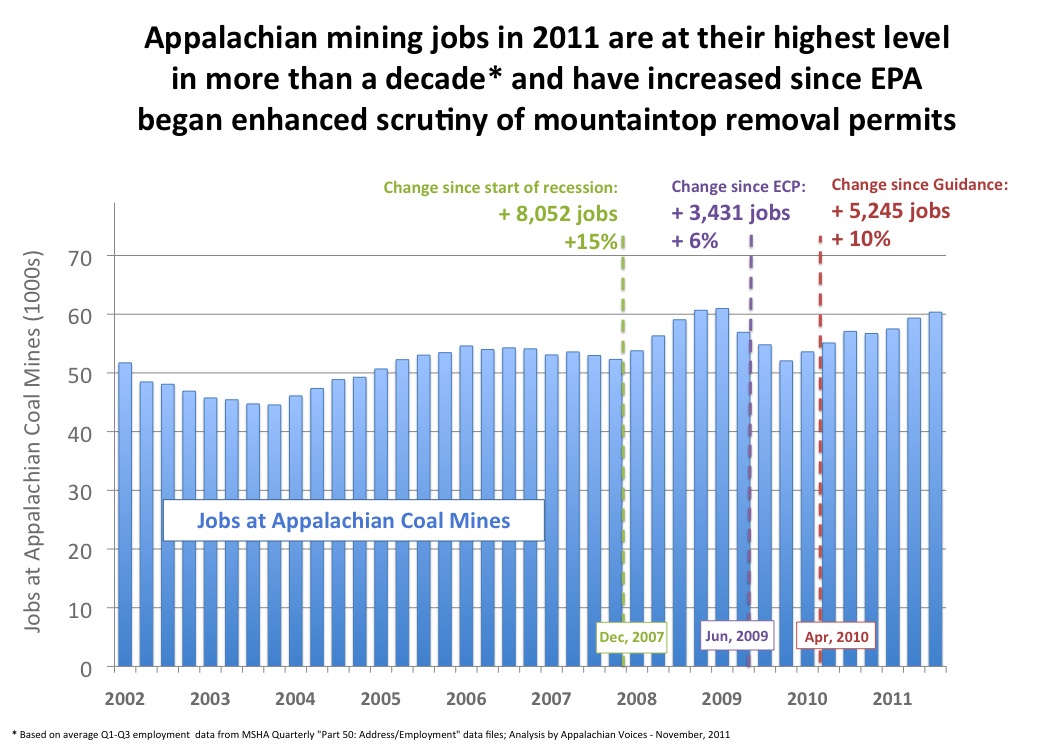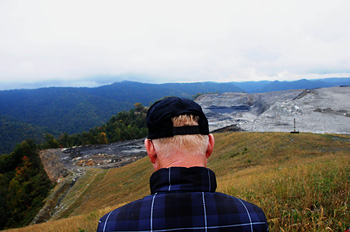In Bonneville, Wash., some residents using wind power are facing an unusual problem: Too much energy. Now the Bonneville Power Administration is asking customers to volunteer their appliances to help balance supply and demand.
A story in the New York Times on Friday described the pilot project:
When excess supply threatens Bonneville’s grid, an operator in a control room hundreds of miles away will now dial up a volunteer’s water heater, raising the thermostat by 60 more degrees. Ceramic bricks in a nearby electric space heater can be warmed to hundreds of degrees. The devices then function as thermal batteries, capable of giving back the energy when it is needed. Microchips run both systems, ensuring that tap-water and room temperatures in the home hardly vary.

Utilities in the Pacific Northwest are rushing to find ways to store excess wind power that can overwhelm the grid.
As storms roll through, the combination of the wind power generated and Bonneville Power Administration’s hydroelectric plants supply the grid with so much energy, so fast that the surplus threatens to overwhelm the grid. The utility has the option of shutting down the producing turbines but devising a successful storage method is preferable. Cool, huh?
In the story, the director of reliability assessment at the the North American Electric Reliability Corporation, Mark K. Lauby, says that such storage innovations would be “the holy grail” as the nation shifts to greater reliance on renewable energy.
Some have found the grail and are putting it to good use. The rest of us watch as the fossil fuel industry wriggles more and more to maintain the myth. But solar and wind power are here and they’re becoming cheaper all the time.
In his Monday op-ed, Here Comes the Sun, NYT columnist Paul Krugman calls out the big oil propaganda that continues to cast a shadow over innovation in the renewables industry and criticizes the dangerous craze for increased natural gas drilling using hydraulic fracturing.
If you still think of solar power as some kind of hippie fantasy, blame our fossilized political system, in which fossil fuel producers have both powerful political allies and a powerful propaganda machine that denigrates alternatives.
It’s important to not fall prey to the cries of some in Congress that supporting clean energy is nothing more than a gamble or the epitome of government waste. It should be supported more, much like the federal backing given to fossil fuels.

Prices in the solar industry, adjusted for inflation, are falling at seven percent each year.
If the fossil fuel industry paid the costs of its impact on the climate and public health, solar power might already be competitive. Krugman is an economist by trade, but it doesn’t take an expert to figure out these practices would not be cost-effective if the fossil fuel industry went about them in an ethical way.
Economics 101 tells us that an industry imposing large costs on third parties should be required to “internalize” those costs — that is, to pay for the damage it inflicts, treating that damage as a cost of production. Fracking might still be worth doing given those costs. But no industry should be held harmless from its impacts on the environment and the nation’s infrastructure.
We can take advantage of the growing potential of renewable energies, if only we begin brushing away the cobwebs. The technology is advancing and costs are dropping, making destructive methods of extraction like fracking and mountaintop removal seem more antiquated every day.
Reading these stories and others like them help us think optimistically about a bright energy future. And considering the implications, they beg the question: Are we there yet?
Update: Another piece on the cost of solar, this one from the Washington Post blog. “Solar is getting cheaper, but how far will it go?” discusses grid parity and the prediction that solar could be cheaper than fossil fuels by 2018.





 Nally and Hamilton is one of the largest producers of Mountain Top removal Coal in Kentucky. They are also being
Nally and Hamilton is one of the largest producers of Mountain Top removal Coal in Kentucky. They are also being 

 It has been an exciting week for those of us at Appalachian Voices and for the citizens of Hampton Roads who have been fighting what would be the largest coal-fired power plant in Virginia for just shy of three years. Months of pressure from Isle of Wight County citizens paid off as their County Board of Supervisors adopted an official resolution of opposition to the proposed coal plant. The county shares their western border with Surry County and is worried about the effect a massive coal plant would have on their crops, economy and the lungs of children and elderly in their county and the region.
It has been an exciting week for those of us at Appalachian Voices and for the citizens of Hampton Roads who have been fighting what would be the largest coal-fired power plant in Virginia for just shy of three years. Months of pressure from Isle of Wight County citizens paid off as their County Board of Supervisors adopted an official resolution of opposition to the proposed coal plant. The county shares their western border with Surry County and is worried about the effect a massive coal plant would have on their crops, economy and the lungs of children and elderly in their county and the region. 
 We wanted to take a moment to recognize the life of Dr. Paul Epstein, a lifelong public health advocate who passed away this week at age 67. He is survived by his wife of 44 years Andy, as well as his children Jesse and Benjamin Eptstein.
We wanted to take a moment to recognize the life of Dr. Paul Epstein, a lifelong public health advocate who passed away this week at age 67. He is survived by his wife of 44 years Andy, as well as his children Jesse and Benjamin Eptstein.



